There is more competition for your customer’s attention today than ever before.
In fact, almost everything has changed since I first dipped my toes in the online marketing waters.
Imagine this for a minute:
Your parents weren’t on Facebook. Nobody knew exactly what to do with Twitter.
SEO was like the wild wild west, where anything goes, and brand new companies could easily dominate big brands.
Only a fraction of the competition was on AdWords (so it was still super cheap).
You wouldn’t have heard a single person discussing “marketing automation” or “conversion optimization” because nobody knew what they were.
And the iPhone wasn’t even around yet!
Obviously, things have changed a little bit today. Competition is stiff and money is often scarce.
Complexity and confusion have increased dramatically. That means you now face an endless onslaught of new information (that shows no signs of slowing down).
No wonder you can’t figure out where to start with online marketing!
Here’s why things have gotten so difficult (and how you can solve this problem once and for all).
Why online marketing is more difficult today than ever before
My very first company was a job board. It didn’t last very long, but it led me to where I am today.
See, I tried hiring an Internet marketing firm to start driving new traffic and customers after I launched my job board.
But within a few months, they still hadn’t provided any results.
So we parted ways, I tried two other firms, and I received similar results each time (zero).
Out of time and out of cash, I was forced to start learning Internet marketing myself.
Obviously, things have worked out well since then.
However, online marketing was a little easier a decade ago.
Social media was just starting up, advertising costs weren’t as high, Google’s algorithm wasn’t as sophisticated, and the level of competition was much lower.
Today?
The volume of information and speed of change is completely overwhelming.
Just consider what’s changed in the 10 years that have elapsed since I started in this industry.
For example, years ago “online marketing” was a tiny niche. Now there are over 100,000,000 other people talking about it!
Each day, there are over two million blog posts published and over 269 billion emails sent!
That’s insane, right?!
Your problem isn’t just this massive volume, though. The quality keeps getting better and better, too.
The average length of blog posts continues to rise 19% each year.
That means each blog post is taking exponentially longer to create.
Today, a blog post will take you three hours, at a minimum, to write (a 26% increase from the year prior).
Some marketers even admit spending a full day on a single post.
And we’re just talking about content here.
How about social media?
Today, Instagram is almost a requirement for businesses. The platform has amassed over 700 million users, so it’s an incredibly easy place to get noticed.
But it didn’t even exist a decade ago!
Snapchat didn’t exist a few years ago, either. However, today it’s a public company with billions of pieces of content shared daily.
Do you want to hear something else that’s surprising?
The iPhone just turned ten years old.
Remember trying to access the Internet the iPhone and other smartphones became ubiquitous?
The experience was awful, and connection speeds were even worse. You could barely read and reply to emails.
Today, though, mobile Internet usage has already outstripped Internet use on desktop.
The interesting thing about mobile’s rise to prominence is that it’s actually stealing time away from other devices.
The majority of Google searches (at least 60%) also happen on mobile devices, too.
Unfortunately, the inherent differences between mobile and non-mobile devices create a new set of problems. You’re faced with conflicting needs.
For example, you want to build these beautiful websites with video and interactive elements. However, if the website’s too slow on mobile devices, your risk of traffic bouncing might increase by 113%!
Your marketing strategies probably didn’t vary much 10 years ago. You “did SEO” or you “did PPC” to bring in more traffic and leads.
However, that’s not how online marketing works anymore.
For example, the types of marketing strategies you use and even the type of marketers you need might be completely different depending on what kind of business you’re in.
B2C companies might want to focus mostly on scaling their content-creation and community-management efforts.
On the other hand, B2B companies often have completely opposite goals when it comes to content. They’re focusing on supporting their sales teams to chase fewer, big accounts. They’re writing less content, but injecting more quality into each piece.
We haven’t even touched on the marketers who specialize in marketing automation, conversion optimization, or growth hacking, either.
The reason marketers keep specializing further is that each discipline continues to evolve and get more complicated (faster than ever before).
For example, my favorite is when people talk about how they’ve been doing SEO for “10 years,” or they’re looking to hire someone with experience who’s been doing it for “10 years.”
Do you really want to know what worked in SEO 10 years ago?
This:
Do you honestly think that works today? Especially considering that Google’s now using artificial intelligence to filter junk like this out?
There’s no way.
If you’re still performing SEO the same way you did back then, you’re probably not generating much interest or converting leads into customers.
So now you can vividly see why online marketing is so hard today.
There’s literally an endless amount of information available.
Once you begin to make a little headway, today’s ‘best practices’ no longer work tomorrow.
I can totally understand why it’s incredibly frustrating for today’s marketers.
That’s why I want to help.
Here’s one of the best ways to simplify online marketing so you can get up to speed and start generating customers ASAP.
Simplify your online marketing by matching it with how your customers make buying decisions
Here’s a shortlist of marketing tactics you can try using today:
- Social media
- SEO
- Google AdWords
- Facebook advertising
- Marketing automation
- Email marketing
- Conversion optimization
- Growth hacking
- Content marketing
And that’s just off the top of my head!
Starting like this, with a bunch of haphazard tactics, will only drive you crazy in the long term. There’s simply too much stuff (which we just discussed).
That’s why you should forget the volume of tactics initially and instead start paying attention to the ways in which your customers make purchasing decisions.
People often start by searching on the Internet for answers to a specific question (like “how to get website traffic”). They might not even realize that they have a need for your product or service just yet (“SEO services”).
In other words, you have to help people through that journey from A to B before they buy.
Here’s what I mean.
Most people don’t buy from a company on their first visit.
Instead, they might look at your website a few times, interact with you on different channels like email and social, and eventually return to your sales or product page to make a purchase.
One of my favorite ways to illustrate this comes courtesy of Google’s Customer Journey to Online Purchase, which breaks down what channels (or tactics) influence buyers at each step.
Here’s what that looks like for a new, small e-commerce company.
Here’s what that image is depicting:
- Organic search is on the far left. That means brand new customers are finding your products first after a simple Google search.
- Next, comes social, generic paid search, and emails. People have now recognized they want (or need) your product, so they’re beginning to look at different alternatives, stores, or sales.
- Towards the right-hand side, they’ve now narrowed down their list of potential new products to a few that they search for by name (brand paid search) and reading reviews (referrals).
When they’re ready to buy, they go directly to your site to pull the trigger.
Creating this funnel is your first step.
It gives you a framework or system that will transform strangers who come to your site for the first time into paying customers.
You don’t have to do everything, necessarily. However, you do need to think through how people are using each step to eventually get to the next one.
Going deep in each area will be your second step.
For example, we just saw that people use organic search at the beginning of their journey when looking for a new product.
That impacts your SEO strategy, like what keywords you choose for blog posts, sales pages, and paid ads.
For example, someone who searches for “buy Samsung 70 inch TV” might have a credit card in hand, but we just saw that people aren’t always doing those ‘bottom of the funnel’ searches yet (and their competitiveness might be out of your reach).
Instead, you can select long-tail keywords at the top of your funnel, like “which TV is best,” to grab the attention of people doing searches at the beginning of their journey.
Here’s another example to drive this point home.
One of the things I loved about living in Las Vegas was how everyone would eventually visit. Friends and family were always coming into town for business, pleasure, or a little of both.
Now think about how you might search for a new trip to Las Vegas right now.
You might even perform one of the following searches:
Ideally, if a hotel website is trying to get you to stay with that brand, it would create pages and sections of its site that target each one of these keywords.
The trick, though, is knowing what information each person wants.
For example, the person looking for “Las Vegas” might be simply searching for generic information, like what new restaurants to try or who’s going to be performing over the next few weeks.
This person is nowhere near ready to book a hotel just yet. They might not know what time of year they want to choose for their vacation or how long they plan to stay.
So you can use attractions like performers and events to draw in their initial interest.
Someone who searches for “Vegas odds” might be getting a little more serious. They want to do a little gambling in town, and that means they’ll most likely choose the hotel with the best gaming options.
In other words, they’re evaluating their options with a little more scrutiny. They might even have narrowed a few down to a shortlist.
That way, when they look for “Vegas hotel,” they’re ready to check out dates and see what your availability looks like.
Now consider your own website right now. How many pages or posts cater to people at each step of this funnel or journey?
You might not have many. And that’s OK!
Again, there are a lot of options to consider here.
The trick is having a system that tells you exactly how to set up your website and organize these marketing tactics along the customer’s journey so you can predictably get more customers.
Here’s where to start.
Why you need to ditch one-off tactics in favor of a marketing system
Sales have gotten more complex over the past few years.
Think about it for a second.
A salesperson in today’s fast-paced world has to constantly adapt his or her approach from one potential customer to the next.
They have to be ready to field all types of different questions from call to call and give split-second answers.
If a salesperson makes the wrong choice or gives the wrong answer, the business could lose a hefty sale. And the salesperson might lose a coveted commission.
But an interesting study from the Harvard Business Review shows the difference between sales teams that are thriving today and those that are failing.
There’s one specific difference the separates them: Processes and systems.
Sales expert Gareth Goh backs this up, pointing to standardization as the key to growth.
In marketing, that’s like Tweeting a hundred times a day without knowing what you’re supposed to be tweeting about, why you’re supposed to be tweeting, or how it’s going help you at the end of the day.
You’ll never get traffic or customers without a comprehensive marketing strategy.
The trick is to take your overall framework and break it down into chunks that you can systemize.
For example, let’s say you want to use new ad campaigns to turn prospects into customers.
But where should you start?
One good example is Digital Marketer’s Ad Grid.
They present an easy-to-follow framework so that anyone — regardless of experience — can create ads that sell.
So this is a good place to start!
Now transforming this into a system will:
- Increase your odds of success
- Make sure you consistently improve results over time
This is just one system, of course. But link these together based on your customer’s journey from the last step, and your online marketing strategy will start to become crystal clear.
Today, there are also a bunch of new tools to help you build systems that you can perfect before handing them off to team members so they can manage them.
Process.St is one good example. You can use it to create a simple checklist template that can be easily copied and sent out.
That way, you can track the results over time to make sure your marketing campaign continues to drive results.
For example, check out this Content Promotion Checklist sample.
You can create detailed explanations and instructions that mimic what you just learned.
You can add images and links here to help provide related resources. You can even drop in video samples so it’s easier to follow along.
Here’s an example of a YouTube video embedded in the Forum step for this Content Promotion Checklist.
Of course, this is just one tiny example.
Creating successful ads is important, but you’re often going to need to repeat this step for all of the other critical steps along the customer journey.
The only way to grapple with the endless information available is by having a complete strategy that organizes each step in the right order.
That way, you can work on one step at a time, mastering each one before moving on to the next.
You’ll get your website up and running. You’ll start generating traffic back to your site. And then you’ll work on turning those visitors into customers.
Doing just one of those, by itself, won’t be enough. They all need to work together to get the best bang for your buck.
And the good news is that you’re in luck.
I just released a webinar that walks you through my 7 favorite strategies to grow your business.
It’s over 60 minutes long, and it takes you step-by-step through each of my favorite systems to automatically generate new business.
It can be completely overwhelming trying to deal with the nonstop firehouse of online marketing information.
Thankfully, you don’t have to.
You just need to follow the strategies in my free webinar to start making a difference right now.
Conclusion
Online marketing used to be easy.
Questionable SEO tactics could still get you ranked in the first position of Google within weeks (as opposed to months or years).
You didn’t have to worry about mobile devices — or even multiple versions of your website, for that matter.
You probably could have ignored social media at the time, too.
All of that has obviously changed today.
Things have never been more complicated. And they’ve never changed so quickly.
That makes is nearly impossible to figure out online marketing if you’re just getting started.
There’s so much conflicting information and nuance that it’s tough to figure out how to make all the pieces fit together to actually deliver any results.
The trick is to figure out how your customers are already buying so that you can create strategies and systems to get traffic, leads, and customers.
It’s far from easy today. But I can help.
What’s the toughest part about keeping up with the endless online marketing information today?


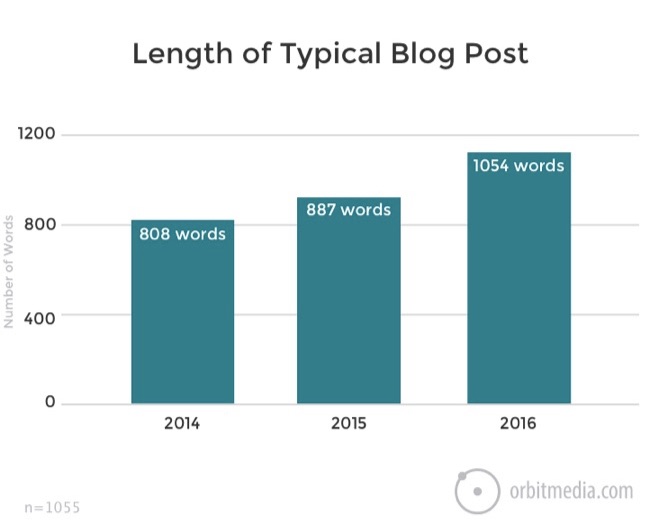
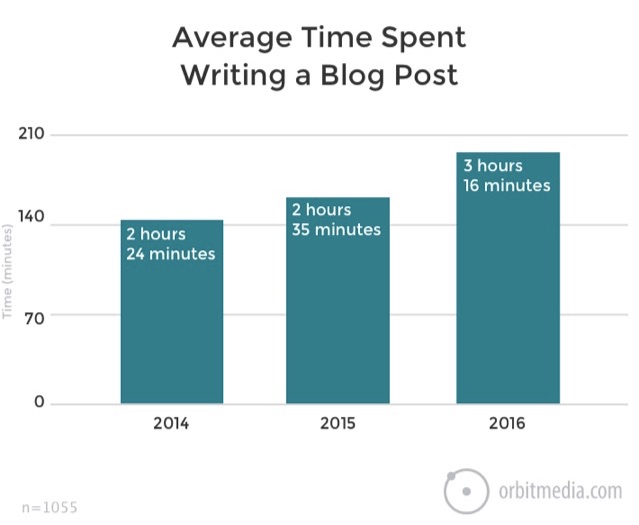
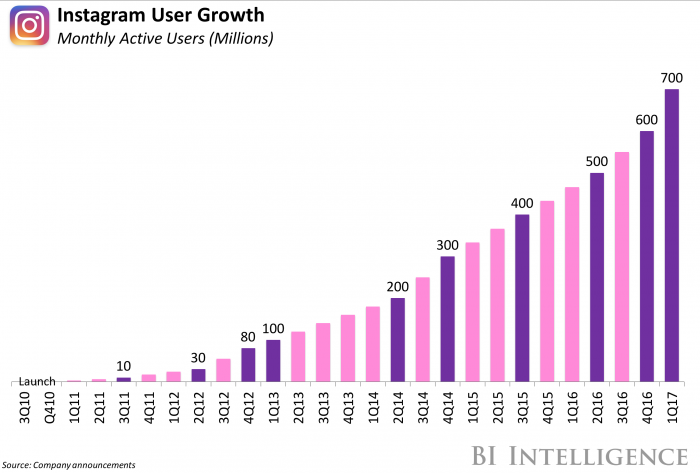
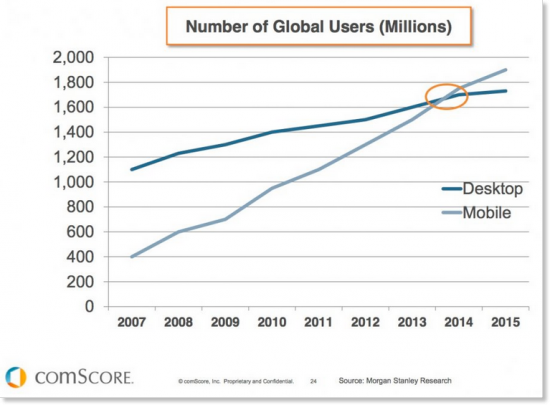
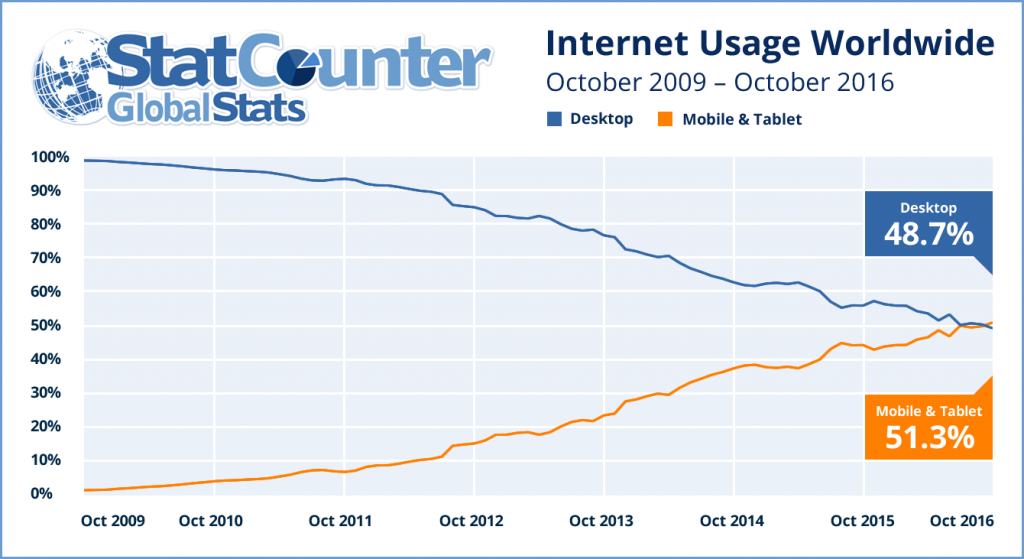
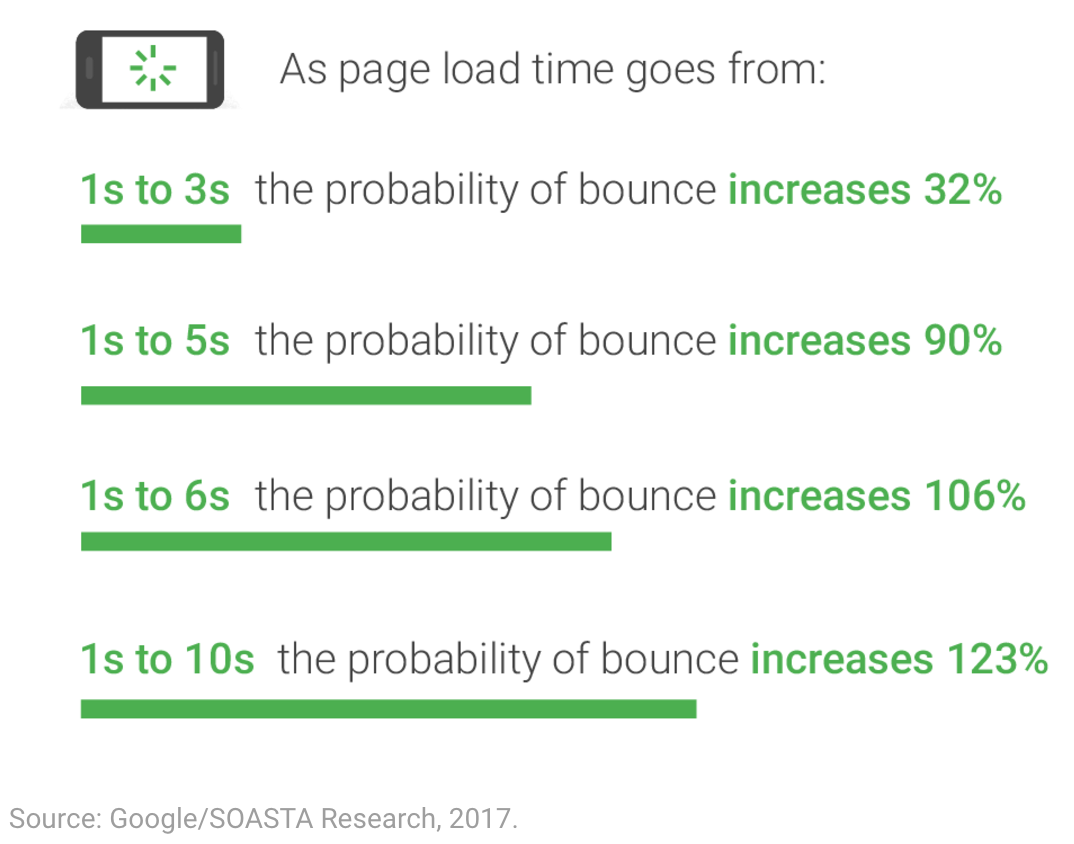

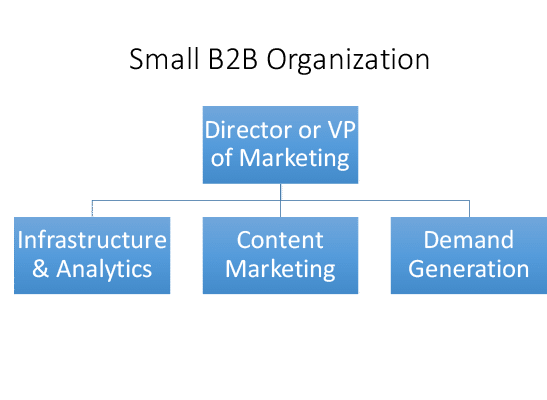
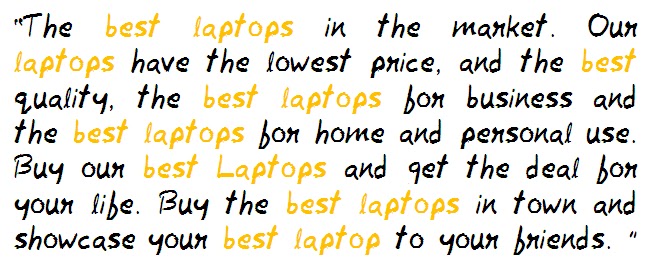

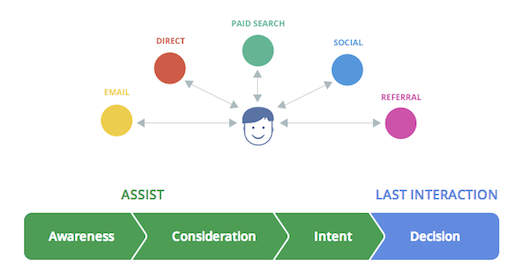
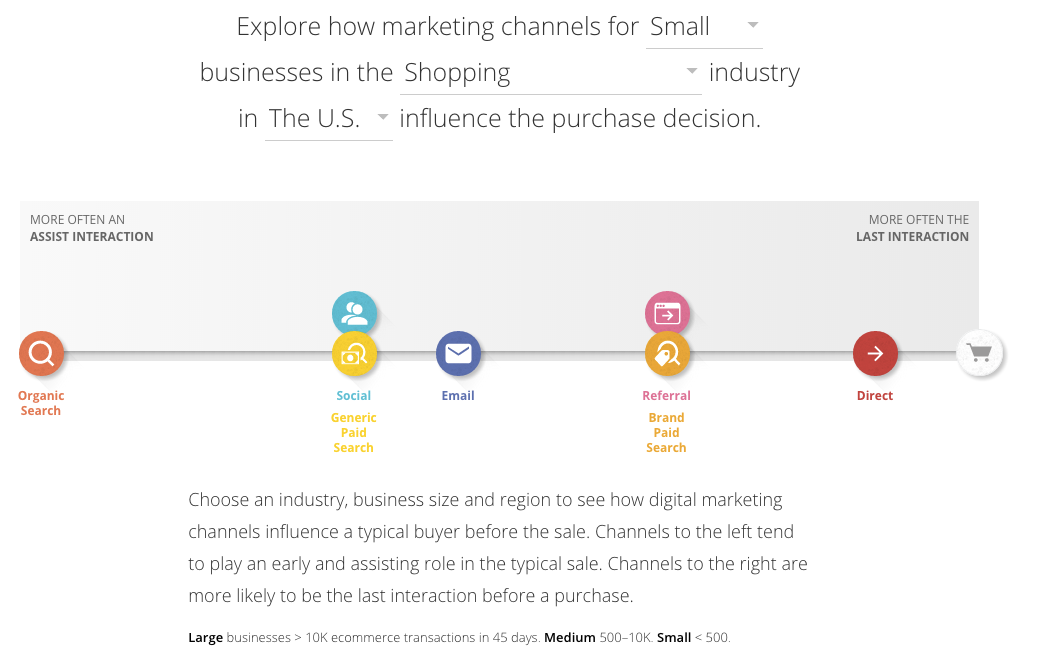
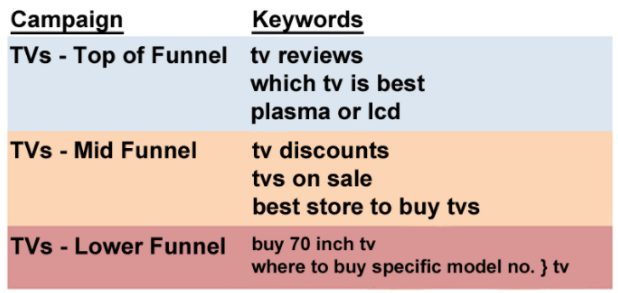





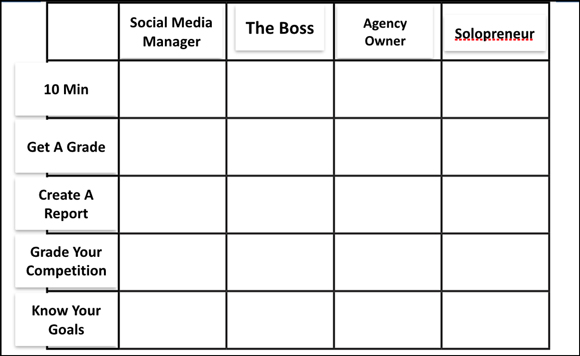



Comments (0)